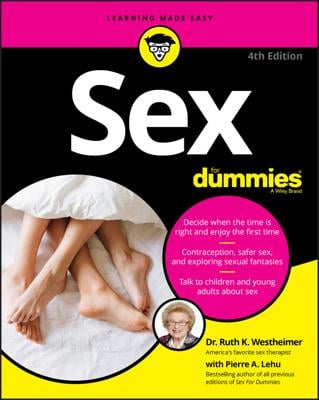Child abuse certainly does exist and, as a parent or guardian, you have a duty to protect your child. A report issued by the Sexuality Information and Education Council of the United States (SIECUS) gives certain guidelines that every parent and caregiver should know.
Watch for the following behaviors and you will know how to spot signs of sexual abuse for a child under your care:
A child’s sexual interest should be in balance with his or her curiosity about, and explanation of, other aspects of his or her life.
The child has an ongoing, compulsive interest in sexual or sexually related activities and/or is more interested in engaging in sexual behaviors than in playing with friends, going to school, and doing other developmentally appropriate activities.
The child engages in sexual behaviors with those who are much older or younger. Most school-aged children engage in sexual behaviors with children within a year or so of their age. In general, the wider the age range between children engaging in sexual behavior, the greater the concern.
The child continues to ask unfamiliar children, or children who are uninterested, to engage in sexual activities. Healthy and natural sexual play usually occurs between friends and playmates and is never forced.
The child exhibits confusion or distorted ideas about the rights of others in regard to sexual behaviors. The child may contend: “She wanted it” or “I can touch him if I want to.”
The child tries to manipulate children or adults into touching his or her genitals or causes physical harm to his or her own or others’ genitals.
Other children repeatedly complain about the child’s sexual behaviors — especially when an adult has already spoken to the child.
The child continues to behave in sexual ways in front of adults who say “no,” or the child doesn’t seem to comprehend admonitions to curtail overt sexual behaviors in public places.
The child appears anxious, tense, angry, or fearful when sexual topics arise in his or her everyday life.
The child manifests a number of disturbing behaviors having to do with toilet habits: plays with or smears feces, urinates outside the bathroom, uses excessive amounts of toilet paper, stuffs toilet bowls to overflowing, or sniffs or steals underwear.
The child’s drawings depict genitals as the predominant feature.
The child manually stimulates or has oral or genital contact with animals.
The child has painful and/or continuous erections or vaginal discharge.
If you discover that your child is showing any of the above signs, consult a professional — starting with your pediatrician — to find out whether a problem exists. Don’t try to confront this situation by yourself. Even an expert may have difficulty trying to discover the truth when dealing with a child, and your efforts may only frighten the child so that you’ll never find out whether anything is wrong.

